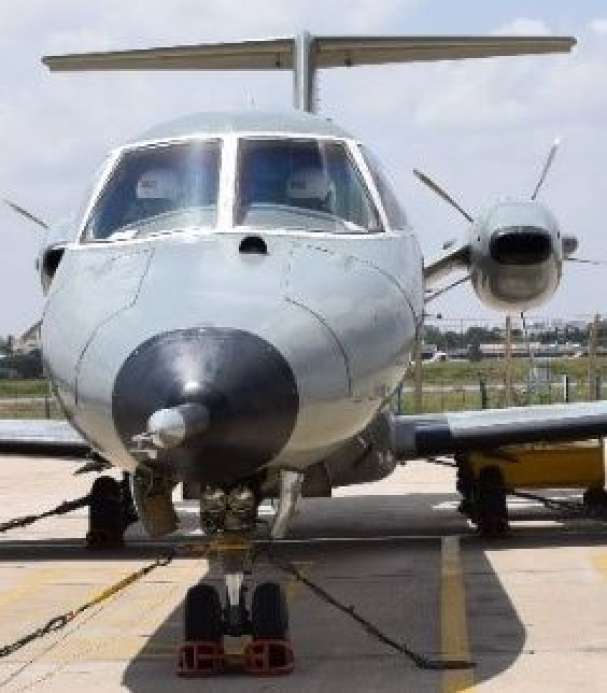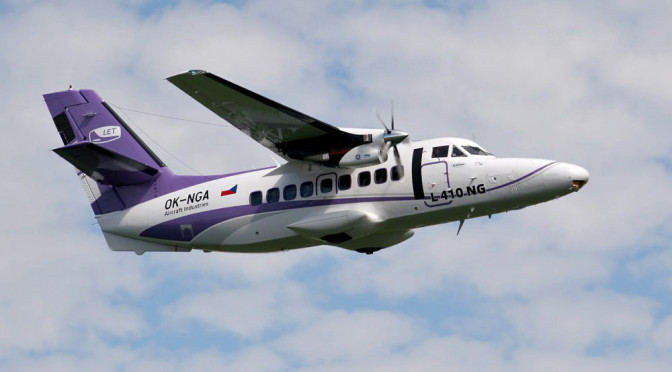
Upgraded Saras PT1N all set for maiden flight in January
Bengaluru: National Aeronautics Laboratories (NAL), a frontline wing under Council of Scientific & Industrial Research (CSIR) here, is ready to put the upgraded prototype of Saras on its maiden flight.
The Saras PT1N (New), a 14-seater passenger plane, is expected to have its first flight after completing one more high speed taxi trial (HSTT).
Military sources confirm to Mathrubhumi that the first flight will be about 20-25 minutes.
Two Test Pilots and one Flight Test Engineer, who are empanelled to the PT1N project from Indian Air Force’s Aircraft and Systems Testing Establishment (ASTE), will be onboard the maiden mission.
The first flight could be any time during the first/second week of January 2018.
What separates the PT1N now from the maiden flight are a SRB (Safety Review Board) and one final HSTT.
A young team of around 40 scientists and engineers, with an average age of 40 years, have been toiling hard for the last nine months to ensure Saras does what it is meant to be doing -- flying.
The project had virtually hit a dead end after the March 2009 crash of PT-2 martyring three ASTE crew onboard. The subsequent crash probe, lack of confidence among users, want of funds and political will further dented the project.
The aircraft was grounded for close to three years (2013-2016) barring namesake EGRs to keep the power-plant in good shape.
The resurgence of Saras project as PT1N has now given hope for India’s foray into making 14/19-seater passenger turboprops, with China, Russia, Poland, Indonesia and United States have already gone some distance.
In the new avatar as PT1N, it boasts of many upgraded features, following a gap analysis undertaken last year.
A close look at what PT1N looks like
* The control forces have been significantly reduced.
* The nacelle design (for engine mount) has been made optimal.
* Environmental control systems, cabin pressurization systems have been modified.
* Automatic avionics stall warning system included.
* Linear flap track and trim taps on elevator modified.
* Rudder area enhanced for better controllability.
* Flight test instrumentation modified.
* Electrical systems modified to reduce voltage losses.
* Air data system has been provided with the nose boom for redundancy.
Apart from above modification on the aircraft, the following additional safety measures have also been ensured by the team.
* Complete borosopic inspection of the aircraft to eliminate any doubts about corrosion.
* Computer-based failure analysis of engine, elevator jamming and ailerons power adequacy.
* Simulator upgraded to the high-fidelity.
The NAL-ASTE combine’s primary objective with PT-1N is to evaluate all systems, including design and performance parameters. The inputs collected from PT1N’s initial flights (expected to be around 20-30 in the next six months), will be then used to freeze the design, paving way for the production version.
India’s 19-seater dream will be Saras Mk-2
PT-IN flight data will inspire NAL to prepare the DPR (detail project report) for India’s much-awaited 19-seater passenger plane – Saras Mk2.
The Saras Mk2 will have additional five more seats and a toilet as compared to the PT1N. It will also have gen-next avionics and glass cockpit, autopilot and other features any modern passenger turboprop could boast off.

The Saras Mk2 with reduced weight (around 700 kg compared to PT1N) will have an AUW (all up-weight) of roughly around 7.4 to 7.5 ton and will likely to run on MRF tyres.
Both military and passenger platforms
Sources confirm that NAL plans to have both military and passenger version for the 19-seater. They hope to encash on the CEMILAC-DGCA’s certification model used in ALH, to save time.
As of now, two production variants are planned while the third one will be a fatigue test specimen (FTS) – all estimated to costing around Rs 700 crore.
In the last one year, NAL put some of its best workforce behind the Saras project with many slogging it out day and night.
Insiders say only less than Rs 5 core has been spent in the last one year for Saras PT-IN, thanks to lean management philosophy, optimum usage of resources and constant monitoring.
With CSIR backing the project after some hiccups, Saras is sure to be India’s star in 2018 with IAF offering all support to the desi mission once again. CSIR DG Dr Girish Sahni’s push for the Saras PT1N/19-seater, and the Udan mantra of Govt of India also have come as a blessing for team NAL.
Subject to the Cabinet Committee on Security approval, the detail design of the first limited series production (LSP) variant of Saras-Mk-2 should begin in 2019 followed by certification and demonstration flights by 2021.
In short, in three years NAL will have its handful with Saras once again back on the radar.
Upgraded Saras PT1N all set for maiden flight in January



